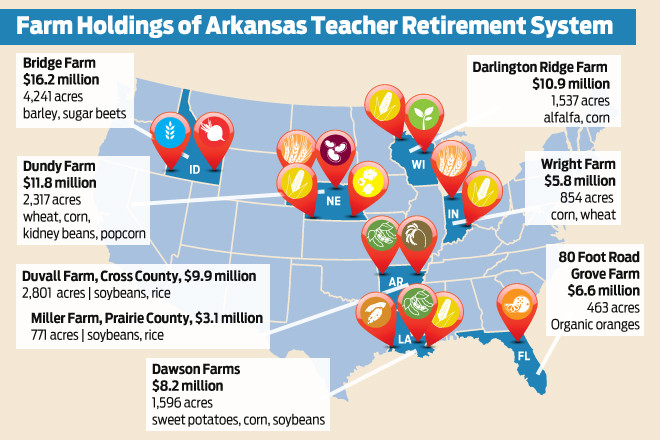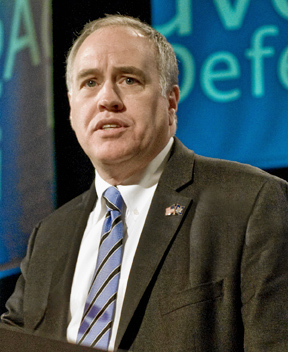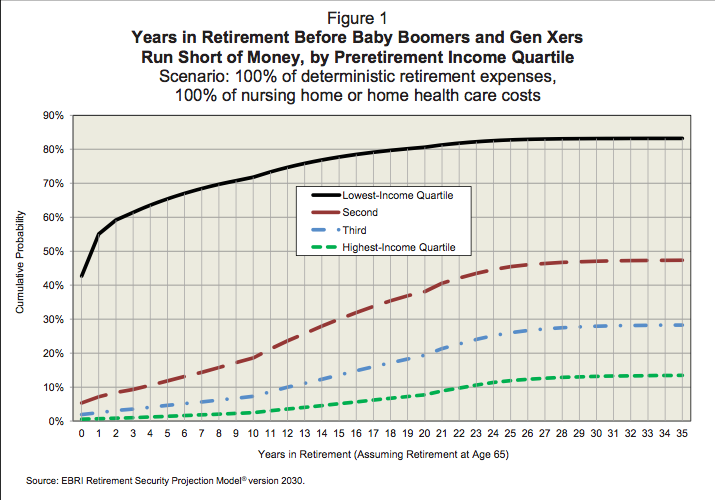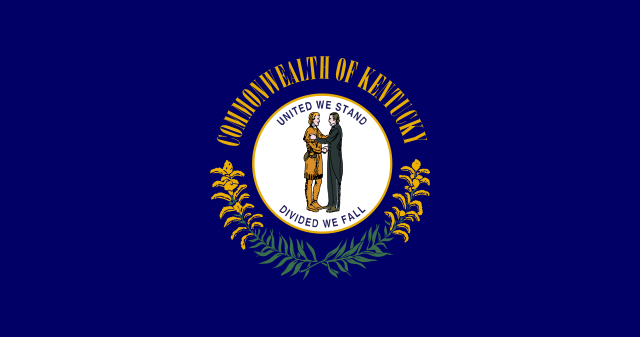Closing arguments are underway in Detroit’s bankruptcy trial. But even if the trial is almost over, the drama isn’t.
Judge Steven Rhodes wondered aloud on Monday whether the city’s pensioners were getting more favorable treatment than its creditors – pension benefits were cut as part of the bankruptcy deal, but those benefits could be restored in the future.
From the Detroit Free Press:
Judge Steven Rhodes today pressured Detroit’s bankruptcy attorneys to justify better treatment for pensioners than financial creditors, making for an unexpectedly dramatic exchange during closing arguments of the city’s historic bankruptcy trial.
In a discussion of the complicated math underpinning the city’s financial projections, Rhodes noted that pensioners could eventually get all their pension cuts restored if the city’s pension investments perform well over the next several years.
“Tell me why that isn’t a 100% recovery,” Rhodes told Detroit bankruptcy lawyer Bruce Bennett.
“The math gets a little tricky here,” Bennett responded.
The exchange underscores the importance of the unfair discrimination issue in Detroit’s bankruptcy. Although all major creditors have struck settlements, bond insurers Syncora and Financial Guaranty Insurance Co. (FGIC) argued earlier in the case that pensioners were getting extraordinarily favorable treatment.
[…]
Bennett said the largely amicable [pension] plan is “very remarkable” after a tumultuous negotiation period with retirees, insurers, bondholders and unions.
“We had litigation with everybody about something,” Bennett said.
He said the plan of adjustment is feasible and concluded that raising taxes to pay off debts was not workable, in part because the city has reached its legally allowable property tax rate.
“It’s frankly easy to decide taxes should not be increased. The harder question is, should taxes be reduced?” Bennett said.
Core to the city’s bankruptcy restructuring plan is the grand bargain, which Bennett defended. The plan aims to shield the city-owned Detroit Institute of Arts from having to sell masterworks while also providing the equivalent of $816 million to reduce pension cuts to city workers and retirees.
As part of Detroit’s bankruptcy, civilian pensioners accepted 4.5 percent cuts to monthly benefits and the elimination of COLAs.
Police and Fire retirees saw their COLAs reduced from 2.25 percent to 1 percent.










